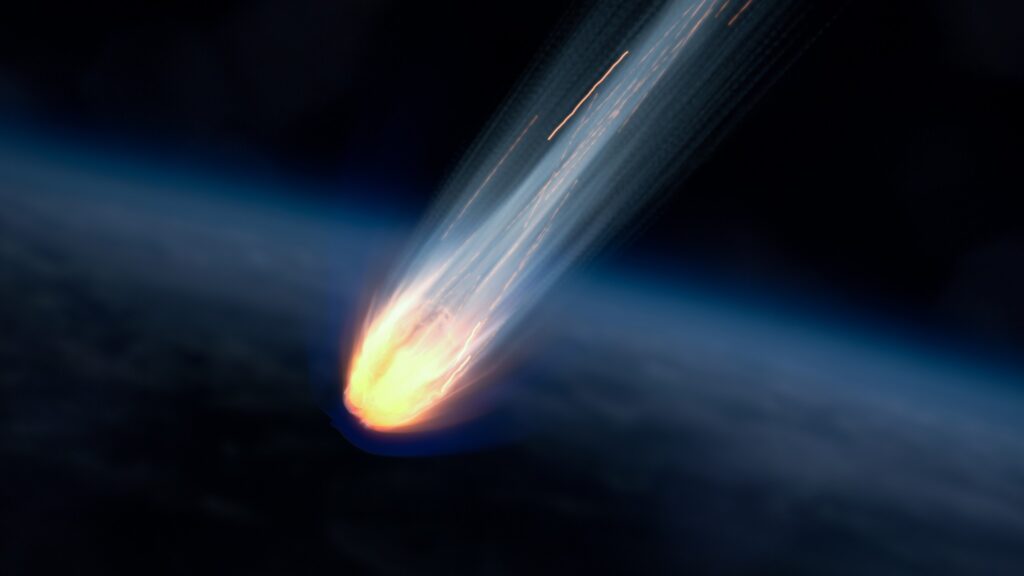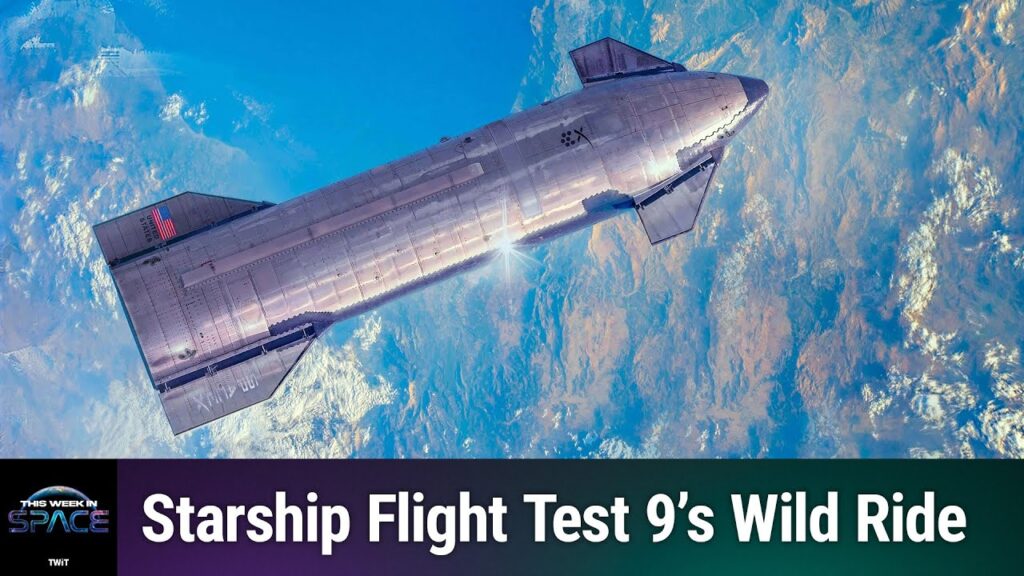NASA’s Lucy asteroid probe is set to begin its 12-year space odyssey next month.
Lucy is scheduled to launch atop a United Launch Alliance Atlas V rocket from Florida’s Cape Canaveral Space Force Station on Oct. 16. The liftoff will kick off a landmark mission that will see Lucy get up close and personal with eight different space rocks over the next dozen years.
“We’re visiting more asteroids than any other spacecraft in history,” Lucy principal investigator Hal Levison, of the Southwest Research Institute (SwRI) in Boulder, Colorado, said during a news conference on Tuesday (Sept. 28).
“We’re also going to exceed another [record]: We’re going farther from the sun than any other solar-powered spacecraft in history,” Levison added.
Lucy will take the distance crown from NASA’s Juno probe, which has been orbiting Jupiter since July 2016.
Related: Photos of asteroids in deep space
Studying the Trojan asteroids
Lucy’s main science targets are Trojan asteroids, space rocks that loop around the sun in Jupiter’s orbit. There are two groups of Trojans: one that “leads” Jupiter around our star and one that “trails” the giant planet.
Astronomers have catalogued more than 7,000 Trojans to date, but the total population of the space rocks is much higher, perhaps even rivaling that of the main asteroid belt between Mars and Jupiter, Levison said. Lucy will be the first spacecraft to get an up-close look at any Trojan, and its observations could be revelatory.
“Planet formation and evolution models suggest that the Trojan asteroids are likely remnant[s] of the same primordial material that formed the outer planets, and thus serve as time capsules from the birth of our solar system over 4 billion years ago,” SwRI representatives wrote in a Lucy mission description. “These primitive bodies hold vital clues to deciphering the history of our solar system and may even tell us about the origins of organic materials — and even life — on Earth.”
Lucy’s trip to Jupiter’s neighborhood will be a long and circuitous one: The probe will make two different speed-boosting flybys of Earth before heading out toward the giant planet. Then, in April 2025, Lucy will perform its first asteroid flyby, an encounter with a rock in the asteroid belt called (52246) Donaldjohanson.
The Lucy team named that asteroid after paleoanthropologist Donald Johanson, the co-discoverer of the famous “Lucy” fossil — the bones of a 3.2-million-year-old female of the hominin species Australopithecus afarensis. The fossil, in turn, was named after the Beatles song “Lucy in the Sky with Diamonds.” The Lucy mission’s diamond-shaped logo is a nod to the song, Levison said.
After eyeing (52246) Donaldjohanson, the spacecraft will trek to the “leading” Trojan swarm, eventually flying by four different asteroids there from August 2027 to November 2028. After that, Lucy will make its way to the “trailing” group, where it will encounter three space rocks in March 2033.
Lucy won’t linger at any of its asteroid targets.
“We aim almost directly at them, flying within 600 miles [1,000 kilometers] of their surfaces, and Lucy doesn’t slow down for these flybys; it’s moving anywhere between 3 and 5 miles [5 to 8 km] per second relative to the Trojan asteroids,” Keith Noll, Lucy project scientist at NASA’s Goddard Space Flight Center in Greenbelt, Maryland, said during Tuesday’s news conference.
“So the encounters happen quickly, with the very best data being collected in just a few hours near the closest approach,” Noll said.
Those data, gathered by several different cameras and spectrometers, will teach the mission team about the composition, structure and activity of the space rock targets.
NASA’s total funding commitment to Lucy is $981.1 million, Lori Glaze, head of the agency’s Planetary Science Division, said during Tuesday’s news conference. That money will take Lucy all the way through the end of its primary mission in 2033.
Related stories:

Getting ready for liftoff
For the past eight weeks, the Lucy team has been prepping the spacecraft for flight at NASA’s Kennedy Space Center, which is next door to Cape Canaveral Space Force Station. Engineers and technicians have notched some major milestones during this stretch, including the installation of Lucy’s high-gain antenna and the filling of its fuel tanks.
“There has been a lot of hands-on work,” Donya Douglas-Bradshaw, Lucy project manager at NASA Goddard, said in a statement. “This summer has gone by so fast; it’s hard to believe we’re nearly at launch.”
The next few weeks will be busy as well. For example, the team will soon encapsulate Lucy in its payload fairing, the shell that will protect the spacecraft during launch. In early October, the encapsulated probe will be transported to Cape Canaveral Space Force Station, where it will be stacked atop its Atlas V rocket ahead of the planned Oct. 16 launch.
Looming over all of these preparations, however, is a potential government shutdown: Federal government funding will expire on Thursday (Sept. 30) unless lawmakers on Capitol Hill can reach some sort of fiscal agreement.
Glaze said that NASA is working to secure an exception that would allow the Lucy team to continue preparing for launch even if the federal government does shut down a few days from now.
“The request process is underway; it’s not completed yet,” Glaze said. “We’re keeping a really, really close eye on what’s going on with Congress and with the budget.”
That being said, “everything is proceeding forward with the launch,” she added.
Mike Wall is the author of “Out There” (Grand Central Publishing, 2018; illustrated by Karl Tate), a book about the search for alien life. Follow him on Twitter @michaeldwall. Follow us on Twitter @Spacedotcom or Facebook.


